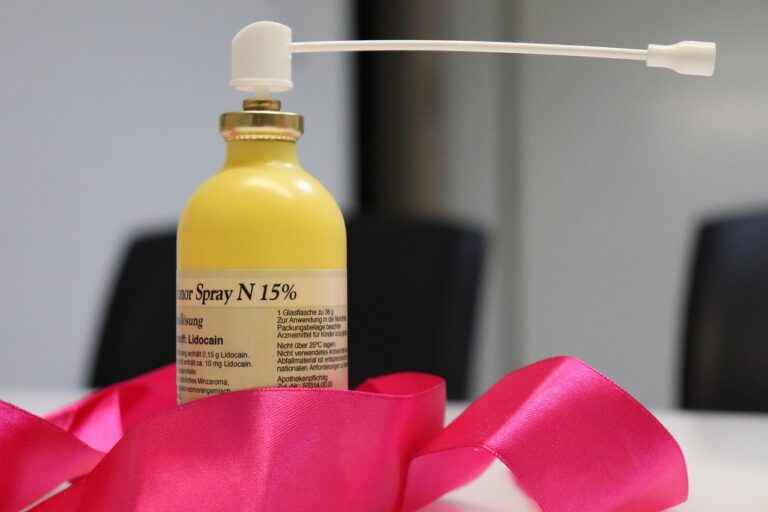Addressing Laboratory Emergency Eyewash and Shower Stations: Golden exchange, Cricbet99, King567
golden exchange, cricbet99, king567: Laboratory Emergency Eyewash and Shower Stations are crucial safety features that should be present in every lab environment. In the event of a chemical spill or exposure to hazardous substances, immediate access to these stations can prevent serious injuries and save lives. It is essential for lab managers and personnel to understand the importance of these safety measures and ensure they are properly maintained and functioning at all times.
1. Importance of Eyewash and Shower Stations
Accidents can happen in a laboratory setting, and when they do, it is essential to have quick access to emergency eyewash and shower stations. These stations are designed to flush chemicals or other foreign substances out of the eyes, face, and body to minimize the risk of injury. Without these stations, exposure to hazardous materials could result in severe burns, vision loss, or other serious health effects.
2. OSHA Regulations
The Occupational Safety and Health Administration (OSHA) mandates that all laboratories where employees may be exposed to hazardous chemicals must have eyewash and shower stations readily available. These regulations are in place to protect the health and safety of lab personnel and ensure that proper emergency procedures are in place in the event of an accident.
3. Proper Location of Stations
Eyewash and shower stations should be easily accessible and located within a 10-second reach from any potential hazard in the lab. They should be clearly marked with highly visible signs and free of any obstructions that could impede access during an emergency. Regular inspections should be conducted to ensure that the stations are in good working condition and easily accessible at all times.
4. Maintenance and Testing
Regular maintenance and testing of eyewash and shower stations are crucial to ensure that they are functioning correctly in case of an emergency. Weekly activation tests should be conducted to verify the flow of water and ensure that the stations are clear of any debris or obstructions. Additionally, annual inspections by a qualified professional should be scheduled to check for any issues or needed repairs.
5. Training and Education
Proper training and education are essential for all lab personnel to ensure they know how to use eyewash and shower stations effectively in an emergency. Training should include instruction on the location of stations, how to activate them, and the importance of flushing the affected area for a minimum of 15 minutes after exposure to a hazardous substance.
6. FAQs
Q: How often should eyewash and shower stations be inspected?
A: Eyewash and shower stations should be inspected weekly to ensure they are in good working condition.
Q: What should I do if the eyewash station is not functioning properly?
A: If the eyewash station is not working correctly, immediately notify your lab manager or safety officer to have it repaired as soon as possible.
Q: Is it necessary to wear protective equipment while using eyewash and shower stations?
A: It is recommended to wear personal protective equipment while using eyewash and shower stations to prevent further exposure to hazardous substances.
In conclusion, maintaining and addressing laboratory emergency eyewash and shower stations is essential for the safety of lab personnel. By following proper procedures, conducting regular maintenance, and providing adequate training, lab managers can ensure a safe working environment and reduce the risk of injuries in the event of an emergency.







